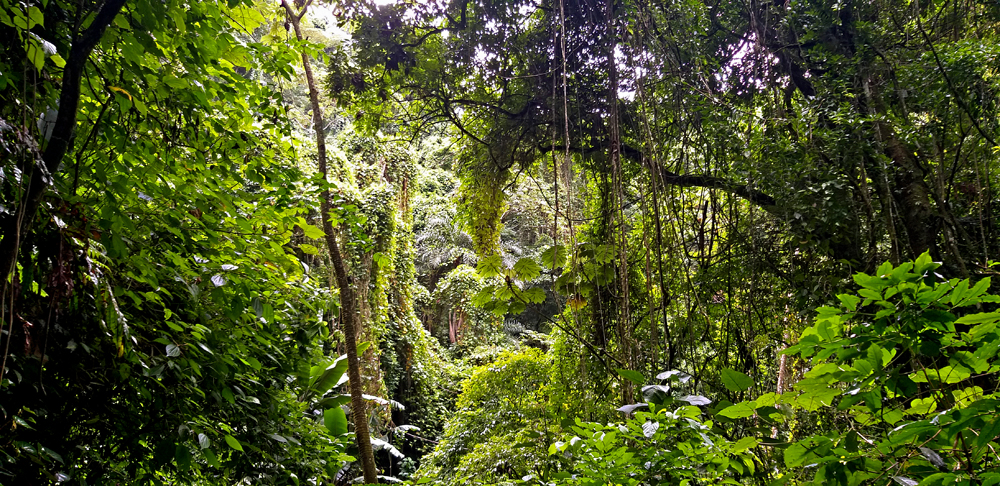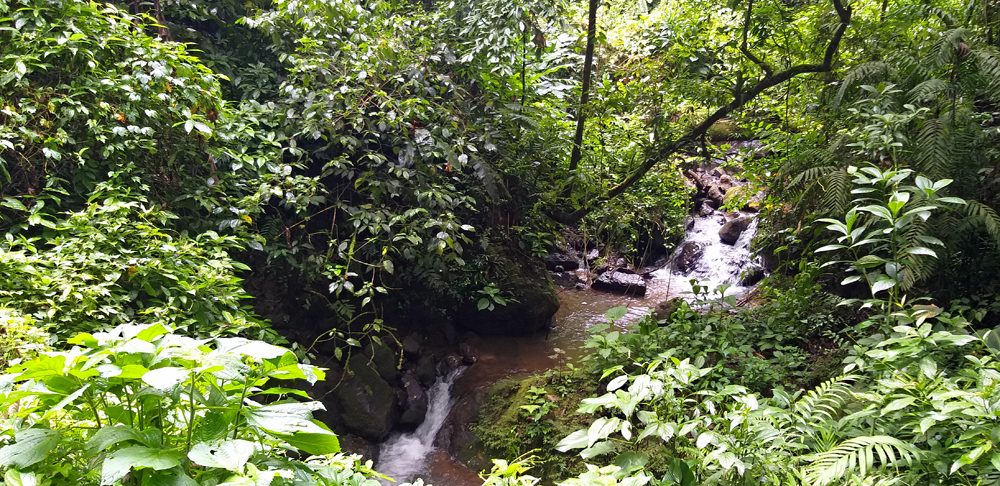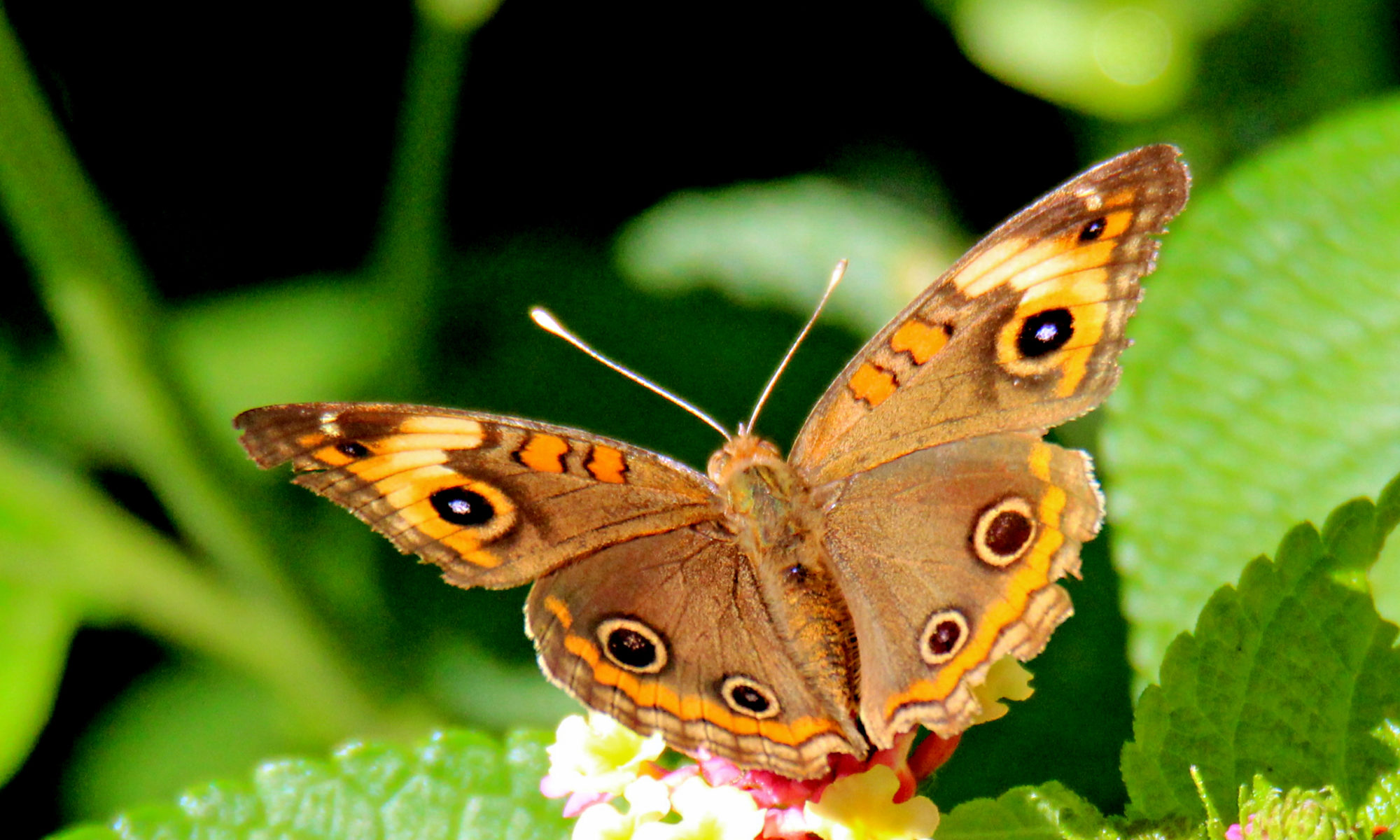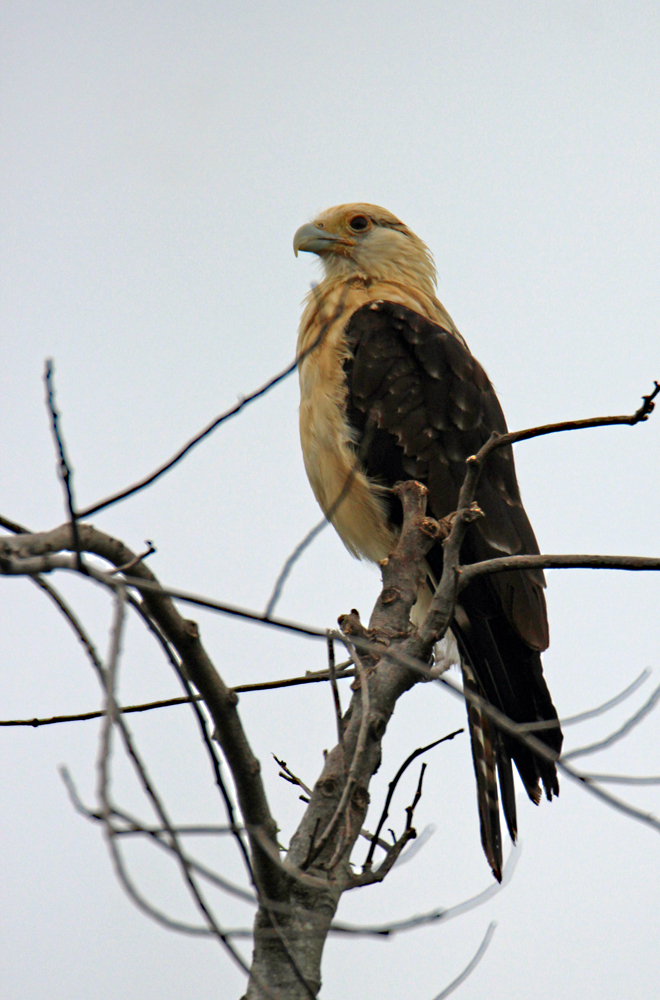The only problem – he is not an eagle! On my first walk at Xandari for more than 2 hours up and down the hills through the jungle here I got a photo of the above bird perched on a dead tree and personally thought it was some kind of hawk. But when I got back an American woman and my Tico bellman both just knew it was an eagle. Well, there are 3 types of eagles in Costa Rica, all three rare and I quickly eliminated them with my bird book. An internet search got me to the right ID which I should have known, though all I’ve seen before now have been on big rivers. It is a Yellow-headed Caracara, (link to eBird description) a fairly common bird in Costa Rica and south through much of South America. See more of my photos of them in my gallery. He is beautiful and you can see why non-birders would think him an eagle. A couple of shots from my hike today with more photos in the coming days. Too tired tonight!


“Nature is the one song of praise that never stops singing.”
~Richard Rohr
¡Pura Vida!



I am curious. You do a lot of hiking. What is your level of concern about snakes? I worry about them whenever I step off the path when I am in Costa Rica. Am I being excessively concerned? Is this comparable to me being amused of city folk who visit New Hampshire and are terrified of seeing a black bear? ( p.s., I have stood 20 feet from one on our lawn and had a brief discussion with one)
Steve,
Yes, I do a lot of hiking if you consider one week in the wilds every month “a lot.” Plus hiking around Atenas for exercise.
I’m afraid of snakes too! And they are afraid of me. So we try to avoid each other. Stay on the path/trail or whatever and try to avoid stepping in a bed of dead leaves where snakes are more likely found. I almost never see a snake on my hikes in the forests, especially in the daytime, since many are nocturnal. Most lodges and wilderness hotels offer “night hikes” and the guide uses a snake stick to dig around in the leaves trying to find a snake to show us, but that is about the only time I see one. Though I saw an eyelash viper near my tent at a safari tent hotel in Manzanillo back in 2016. Trip photos: https://charliedoggett.smugmug.com/TRIPS/2016-September-1620-Manzanillo-Tent-Hotel
Fer De Lance (also known as Terciopelo in Spanish) is by far the most common and most dangerous snake in Costa Rica. The growth rate is exponential with up to 90 snakes being produced per litter and the snake is known for its aggression. Because of this, it is the most lethal snake in Costa Rica. Read about our poisonous snakes in Costa Rica at: https://costarica.org/animals/snakes/
Not trying to scare you, but believe that knowledge and common sense precautions make a difference, just like with bears in New Hampshire. 🙂
Thanks Charlie. All that about fits with what I read. I will just continue to be careful. — here’s a quick snake story I heard while in Asia many years ago. just a ha ha for the day. —- the point man on a patrol in an enemy controlled area shot a snake. ( a person who didn’t like snakes either). He later got severely chewed out for potentially giving their position away. When he was asked if there wasn’t a better way to deal with the situation, he answered, “ Sir- NO- there was no time to call for an air strike”.
Ja, ja! (Spanish for Ha, ha!)